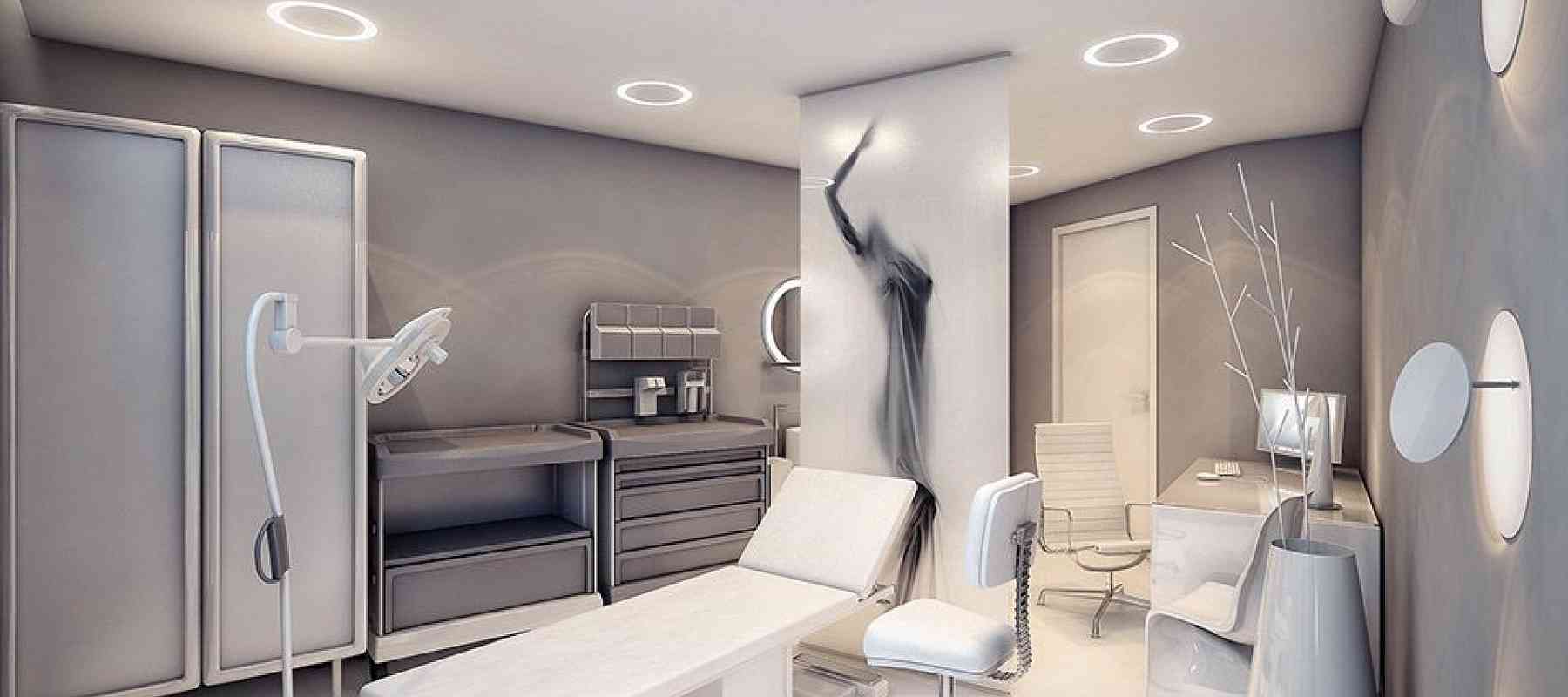A specialized LED lighting system is being installed at The Gary and Mary West Emergency Department (ED), located inside of UC San Diego. The new lighting system is being implemented to improve the working conditions for clinicians work long hours overnight and to help with discerning and diagnosing hazardous conditions that can affect elderly patients.
UC San Diego’s Approach to Geriatric Care
The lighting system within traditional emergency departments can be intense, and the emergency departments themselves can be overcrowded with patients, and can become filled with unwelcome, unhelpful noise levels. The special ED of UC San Diego is claimed to be the first of California’s emergency departments to specifically treat and handle geriatric emergency care.
UC San Diego’s ED has been architecturally customized to ensure that senior patients are receiving the best possible care while at the facility. This includes waiting room chairs with high backsides, a nursing station that can be seen from every room, smooth sound levels and rooms that can absorb sound.
Benefits of UC San Diego’s LED Lighting
UC San Diego’s brand-new LED lighting system is being installed by BIOS Lighting. BIOS Lighting is recognized as a technological expert, creating products for organizations as diverse from NASA to the new and striving numbers of cannabis growers. They carry out their work with the intent to better our lives, as well as making the world more sustainable while also lowering energy usage.
This new LED lighting system will benefit the UC San Diego ED in two respects. Its chief benefit is that it will improve the circadian signal that everyone possesses. Strengthening this signal will improve the alertness levels of patients during the daytime and will also make nurses and physicians more aware during their extensive shift-hours. As an added benefit, the high-quality of the LED system will assist with visual inspections of patients with certain conditions.
Preparing for the “Silver Tsunami”
Patients that are provided geriatric emergency care are treated by professionals who often use advanced technology to reliably treat them. Specialized geriatric emergency departments like UC San Diego’s are at the forefront of a movement to use technology and design principles to improve elderly care provisions. This movement is preparing for a surge in elderly patients as the “Silver Tsunami” of Baby Boomers arrives, as the generation fully reaches senior age-ranges.
Part of this preparation will involve improvements to lighting, such as UC San Diego’s new LED system. Using lighting that promotes the circadian signal strength will improve the health and productivity of ED personnel, particularly those who work extended hours or even overnight. BIOS’s lighting system has very special wavelengths that can make it easier to discern the medical conditions of short-stay senior patients. BIOS is also being careful so that their LED lighting system promotes the circadian rhythm without compromising on patient comfort, while also working together with natural, biological systems that leads to healthy elderly patients.




